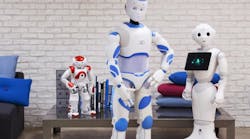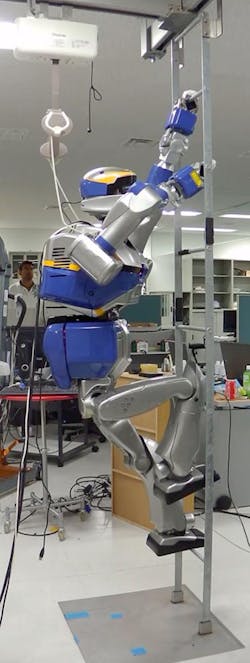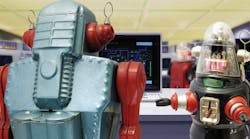It has been well documented that there will be increase in the number of robots over the next decade. According to the Boston Consulting Group, by 2025, robots will perform 25% of all labor tasks. This is due to improvements in performance and reduction in costs. The United States, along with Canada, Japan, South Korea, and the United Kingdom, will be leading the way in robot adoption. The four industries leading the charge are computer and electronic products; electrical equipment and appliances; transportation equipment; and machinery. They will account for 75% of all robotic installations by 2025.
The growth of robotics will also affect the service industry. In a recent report from Berg Insight, the service robot base is expected to install 264.3 million units by 2026. In 2016, 29.6 million service robots were installed worldwide. The robots in the service industry broke down into the following groups:
- Floor cleaning robots accounted for 80% of total service robots, with 23.8 million units
- Unmanned aerial vehicles accounted for 4 million units
- Automated lawnmower units tallied 1.6 million units
- Automated guided vehicles installed 0.1 million units
- Milking robotic units tallied to 0.05 million units
The remaining segments included humanoid robots (including assistant/companion robots), telepresence robots, powered human exoskeletons, surgical robots, and autonomous mobile robots. Combined, they were estimated to have had less than 50,000 units installed.
Humanoid robots, while being one of the smallest groups of service robots in the current market, have the greatest potential to become the industrial tool of the future. Companies like Softbank Robotics have created human-looking robots to be used as medical assistants and teaching aids. Currently, humanoid robots are excelling in the medical industry, especially as companion robots.
University of Southern California Professor Maja Matarić has been pairing robots with patients since 2014. Her robots helped children with autism copy the motions of socially assistive robots and, in 2015, the robots assisted stroke recovery victims with upper extremity exercises. The patients were more responsive to the exercises when promoted and motivated by the robot.
However, companies are now using humanoid robots to fill engineering tasks. A four-year joint research project was conducted by Joint Robotics Laboratory and Airbus Group to use humanoid robotic technology in aircraft manufacturing facilities. By using humanoid robots on aircraft assembly lines, Airbus looks to relieve human operators of some of the more laborious and dangerous tasks. The human employers could then concentrate on higher value tasks. The primary difficulty is the confined spaces these robots have to work in and being able to move without colliding with the surrounding objects.
The Joint Robotics Laboratory developed the new HRP-2 and HRP-4 robot models with a new robotic movement technology known as multi-contact locomotion. By making use of its entire body to make contact with its environment, and not just its feet, this type of robot can climb ladders and enter confined spaces. The multiple points of contact on the robot help to increase a robot's stability and offers better force control when executing a task. Lastly, the anthropomorphic form of these robots offers greater flexible for operating in different environments.
Continue reading about anthropomorphic robot R&D at Machine Design.
















